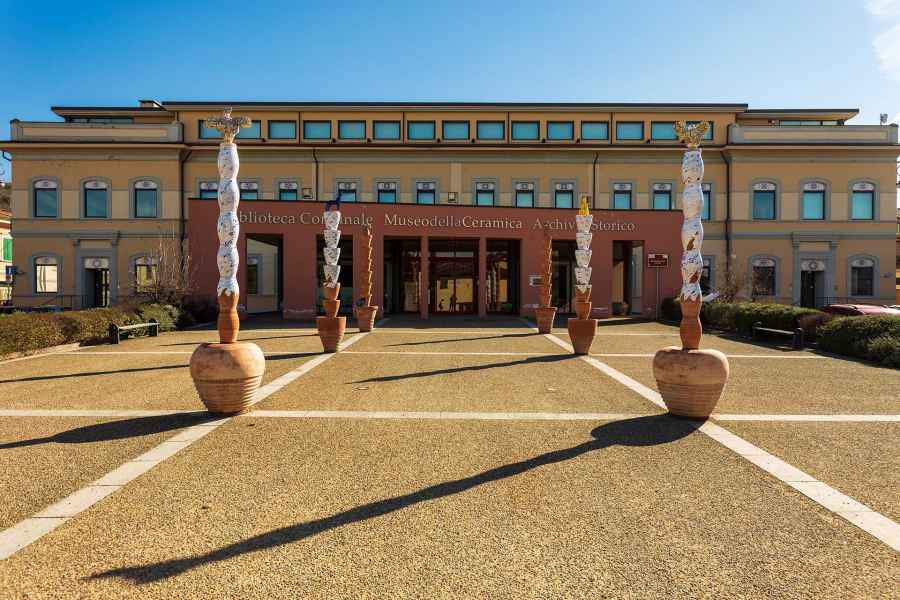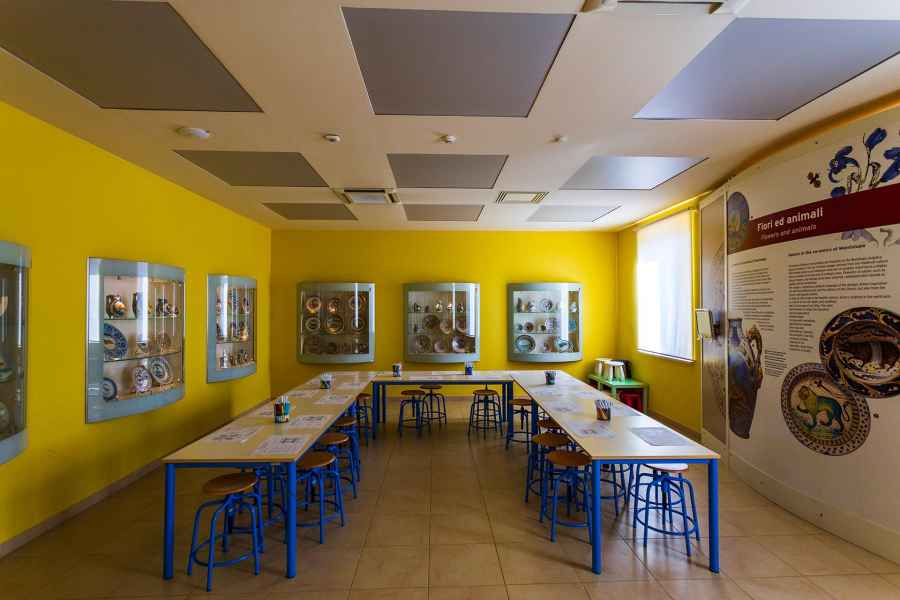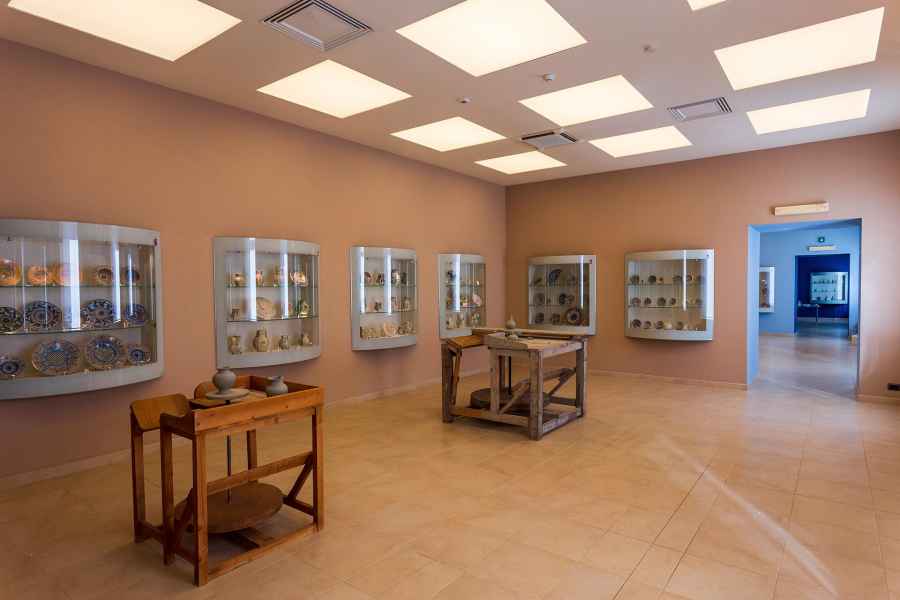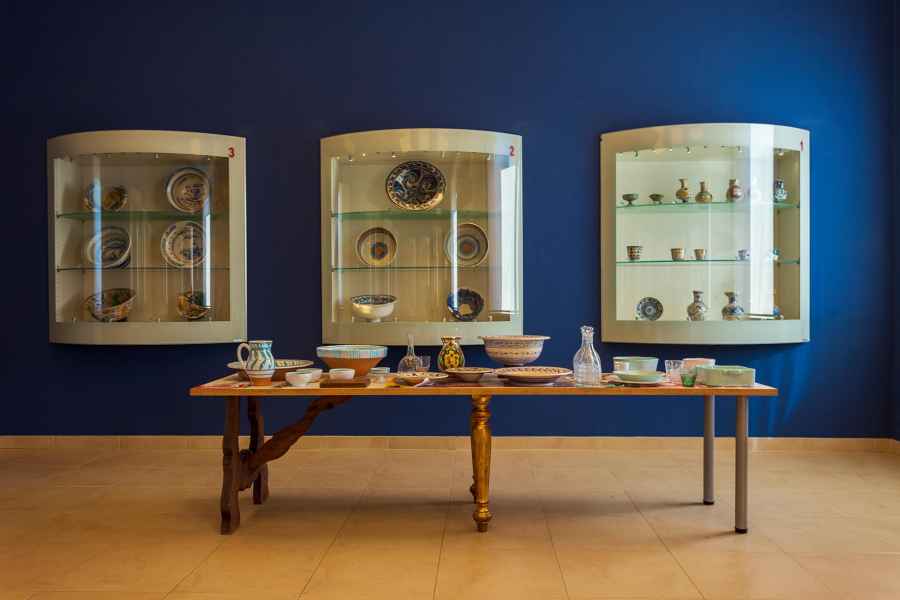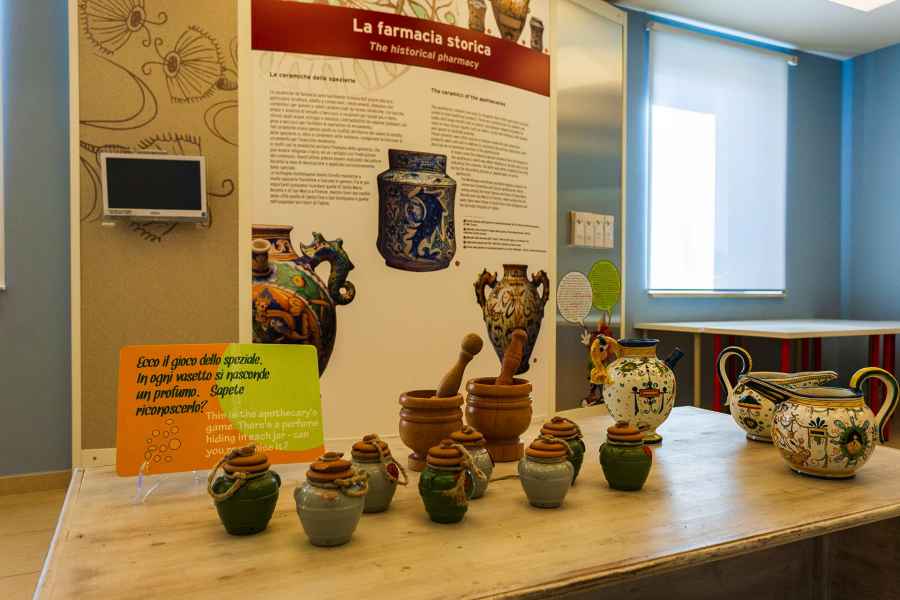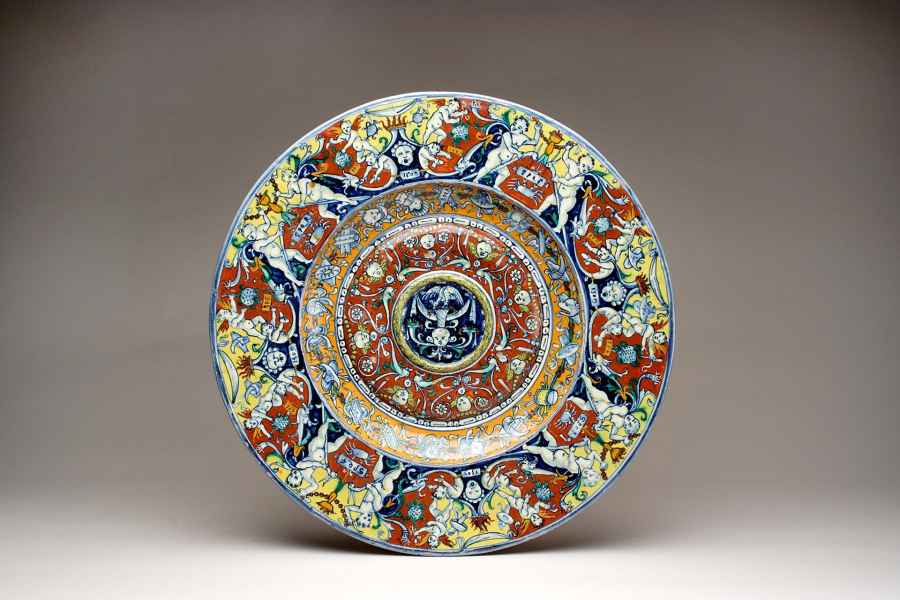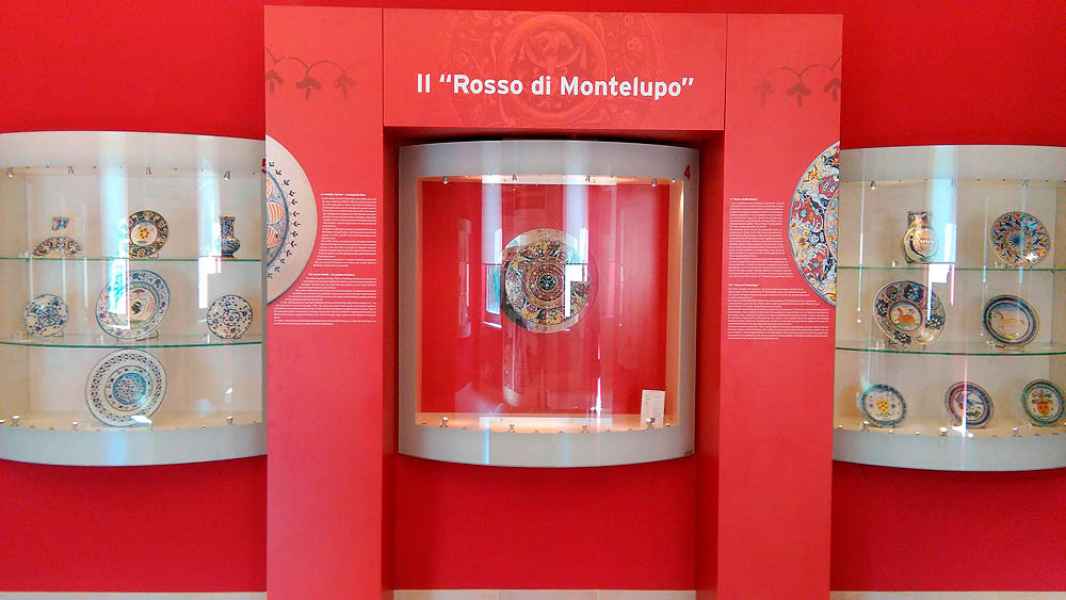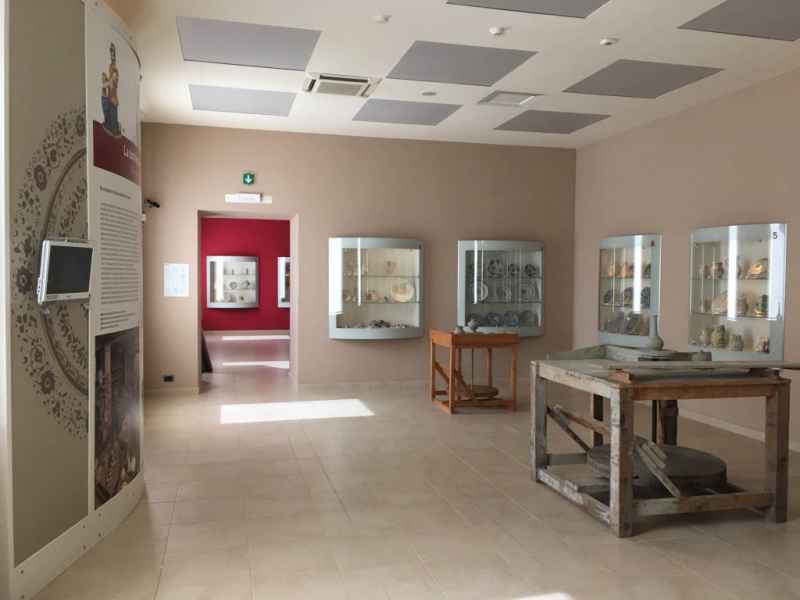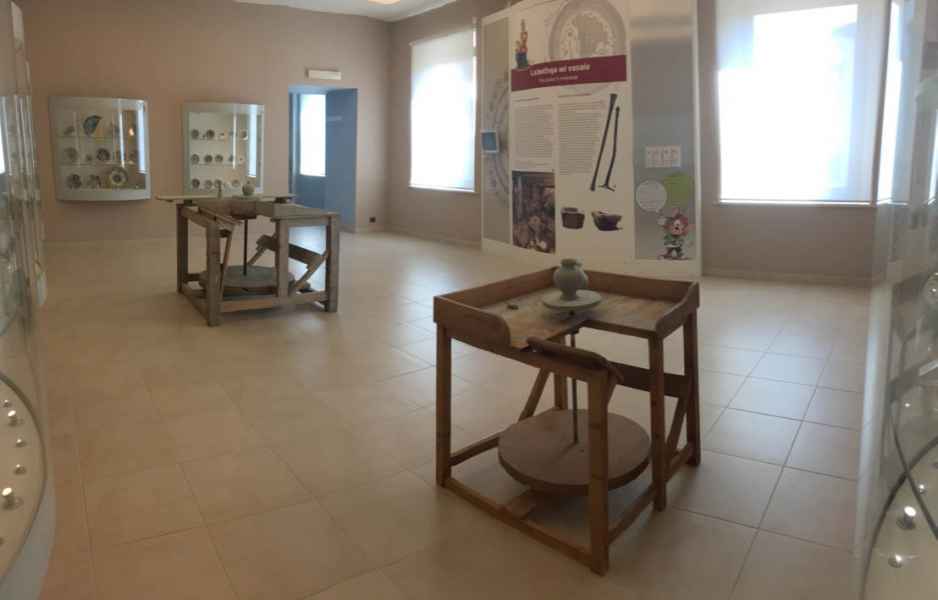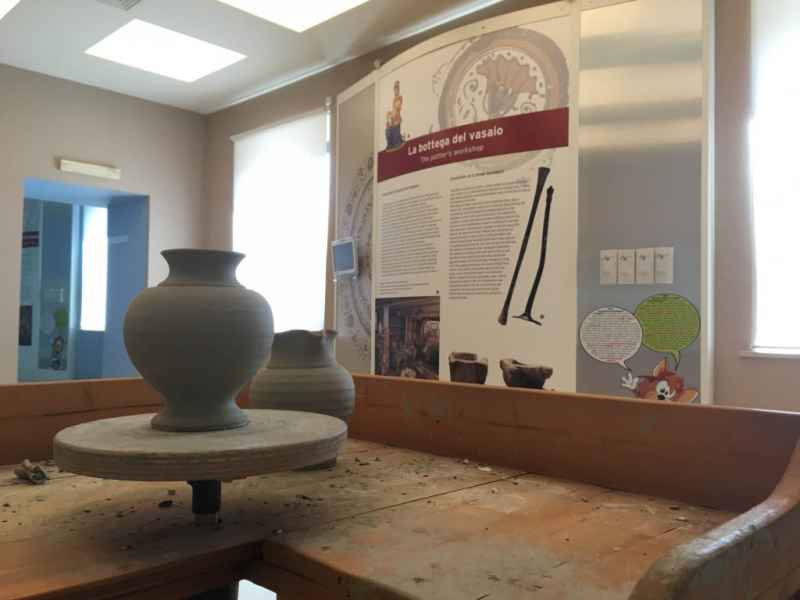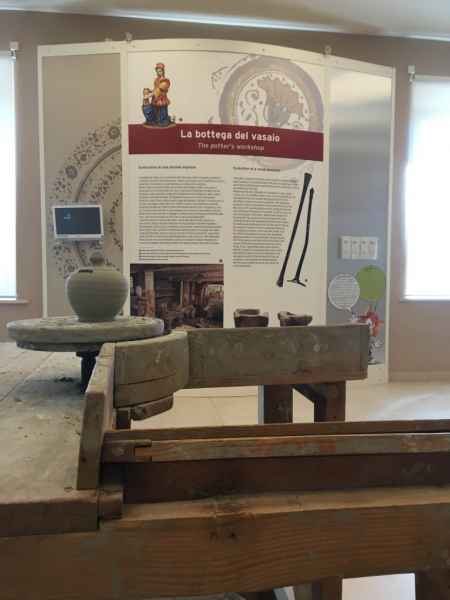This is the most important center for collection and study of glazed ceramics of major diffusion during the Renaissance, not only in the Florence area, but even internationally. Montelupo became, in fact, one of the most important factory centers not only on the Italian peninsula, but in the entire Mediterranean basin. The current museological project constitutes one stage in an ongoing process, which aims at communicating "pertinent, scientifically exhaustive knowledge of the principle technological and formal developments in the history of Montelupo ceramics". In fact, the museum represents the latest instant of continual research, with ongoing increase of the collections, which are exhibited to the public from time to time.
The first exhibition center was inaugurated in 1983, under the name of "Museum of Ceramics and of the Territory of Montelupo", but the research activities that made possible its birth date back to the 1970s. The beginning of the study of Montelupo ceramic production was due to the chance discovery, near the walls of the castle of Montelupo, of a water well filled with fragments of majolica. The pieces of that exceptional find were recovered between 1973 and 1975. In those same years, the publication of the volumes of Storia della maiolica di Firenze e del Contado by Galeazzo Cora—even though based on the study of collections that implied a prevalent Florentine horizon—highlighted the importance of two production centers: Bacchereto and Montelupo. The first, a castle located on the northern side of Montalbano, was the oldest production center for glazed ceramics, manufactured here on a large scale at least since the 14th century. Here the family of Leonardo's paternal grandmother had made its fortune through production and trade of pottery, and they owned a house "with a kiln for small jugs" in the locality La Croce a Toia. Montelupo, a castle founded by Florence in the early 13th century, became the most important center of Florentine ceramic activities during the 15th century. This is why the discovery of the well at Montelupo, and the ceramic forms that came out of it, could only become an occasion for direct knowledge of the history of those productions. Also because it was immediately clear that it was waste discharge from a local furnace, an archaeological deposit of the pieces, albeit defective, from a ceramic factory in Montelupo. About three hundred pieces were recovered during the excavation and then restored, giving rise to the exhibition held in Montelupo in 1977, entitled La maiolica di Montelupo. Scavo di uno scarico di fornace (The Majolica of Montelupo. Excavation of the Discharge from a Furnace). The exhibition was then replicated in Florence, at Palazzo Davanzati, broadening the echo of the remarkable archaeological discovery. Currently, the more than five thousand pieces that are part of the collections of the new Montelupo Museum of Ceramics have found their place in a space designed ad hoc, modeled perfectly on exhibition requirements and the themes of the new museum itinerary.
The sectors dedicated to the history of ceramic art and to specific themes are arranged over two floors in the museum, such as the medieval and Renaissance refectory, excavations, the shop, the pharmacy, and the animal and flower room, dedicated entirely to children. Among the museum's iconic objects, exhibited in the room dedicated to collecting, is the famous Rosso di Montelupo, a basin dated 1509 (Rothschild Collection, Paris), decorated with grotesques, and which takes its name from the particular red pigment used in the decoration, and whose composition still remains a mystery today. The “magnificent dozen” is a selection of objects chosen from among the thousands of pieces that best represent the history of this museum and of those who worked on bringing it into being.
Texts by
Silvia Leporatti / English translation by John Venerella
Related resources
Related places
External links
Gallery
Error
Related resources
Related places
External links
Gallery






